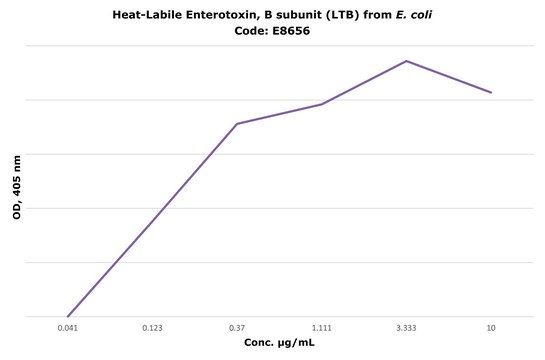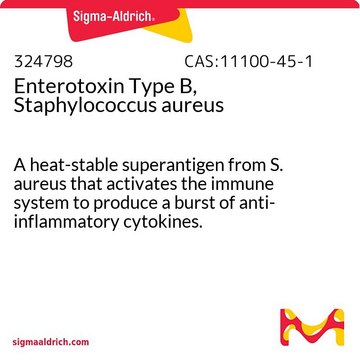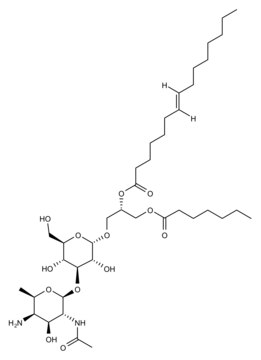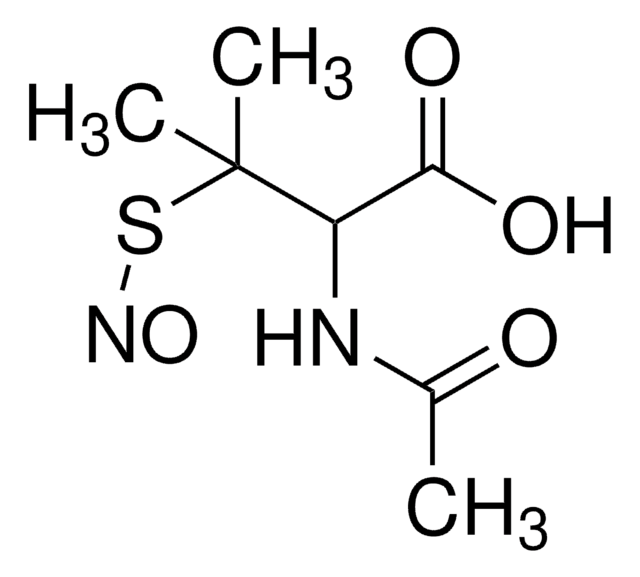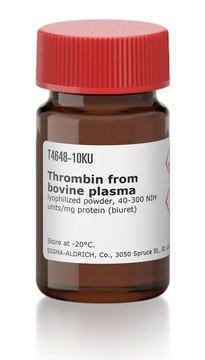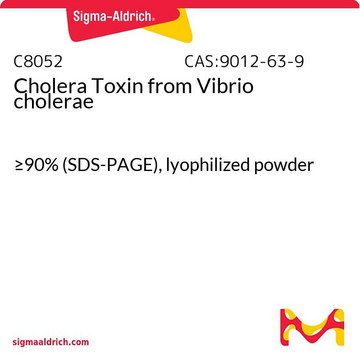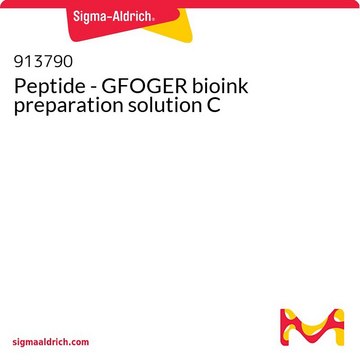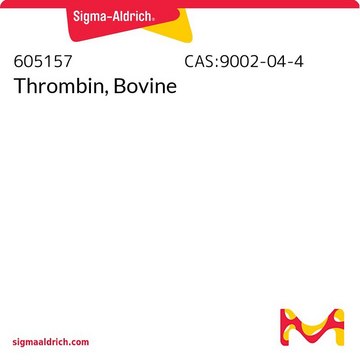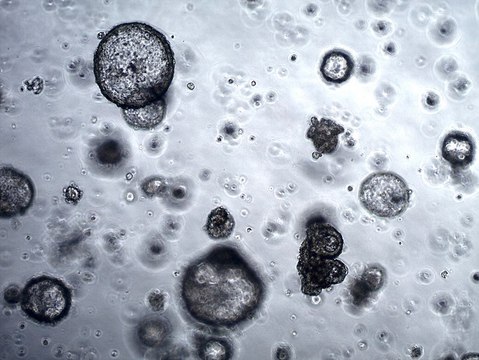推荐产品
表单
lyophilized powder
比活
~100,000 units/mg protein (HPLC)
分子量
1,972 Da
溶解性
aqueous buffer: ≥5 mg/mL (More soluble under acidic conditions)
储存温度
−20°C
生化/生理作用
STa has a tertiary structure, maintained by disulfide bridges, which is required for receptor binding and biological activity. Its receptors are membrane-bound guanylyl cyclases. These receptors are located on enterocytes, colonocytes, and various extraintestinal tissues. STa causes diarrhea in humans by binding to its receptor, stimulating the guanylyl cyclase, and triggering production of cyclic GMP. Endogenous ligands for the STa receptor include guanylin, extracted from intestine, and uroguanylin from urine. These peptides may have a role in the regulation of fluid and electrolytes. Protein kinase C (PKC) phosphorylates and activates the STa receptor/guanylyl cyclase in vitro and in vivo. As a result, stimulators of PKC synergistically enhance STa effects on cGMP and secretion.
其他说明
E. coli STa is a heat-stable peptide toxin.
单位定义
One unit is the amount of toxin which produces an intestinal weight/carcass weight ratio of ≥0.083 in 3-day-old mice.
储存分类代码
6.1A - Combustible acute toxic Cat. 1 and 2 / very toxic hazardous materials
WGK
WGK 3
闪点(°F)
Not applicable
闪点(°C)
Not applicable
法规信息
新产品
S P Range et al.
British journal of pharmacology, 120(7), 1249-1254 (1997-04-01)
1. Guanosine 3':5'-cyclic monophosphate (cyclic GMP) is an important second messenger mediating the effects of nitric oxide (NO) and natriuretic peptides. Cyclic GMP pathways regulate several aspects of lung pathophysiology in a number of airway cells. The regulation of this
A M Al-Majali et al.
Journal of immunological methods, 222(1-2), 65-72 (1999-02-18)
Binding of Escherichia coli heat-stable enterotoxin (STa) to its putative receptor on the brush border membrane of enterocytes is a prerequisite for the induction of diarrhea in infected humans and animals. Humans and animals of different ages vary in their
R A Giannella
The Journal of laboratory and clinical medicine, 125(2), 173-181 (1995-02-01)
STa represents a family of homologous heat-stable peptide toxins that are elaborated by a variety of bacteria capable of causing enteric disease in human beings. All these peptides have a tertiary structure, maintained by disulfide bridges, which is required for
R N Greenberg et al.
Journal of investigative medicine : the official publication of the American Federation for Clinical Research, 45(5), 276-282 (1997-06-01)
Uroguanylin and guanylin are intestinal peptides that activate a receptor-guanylate cyclase, which is also a receptor for Escherichia coli heat-stable enterotoxin (STa). These peptides may have a role in the body's regulation of fluid and electrolytes. STa, bioactive guanylin, and
J K Crane et al.
Molecular and cellular biochemistry, 165(2), 111-120 (1996-12-20)
The heat-stable enterotoxin STa of E. coli causes diarrhea by binding to and stimulating intestinal membrane-bound guanylyl cyclase, triggering production of cyclic GMP. Agents which stimulate protein kinase C (PKC), including phorbol esters, synergistically enhance STa effects on cGMP and
我们的科学家团队拥有各种研究领域经验,包括生命科学、材料科学、化学合成、色谱、分析及许多其他领域.
联系技术服务部门